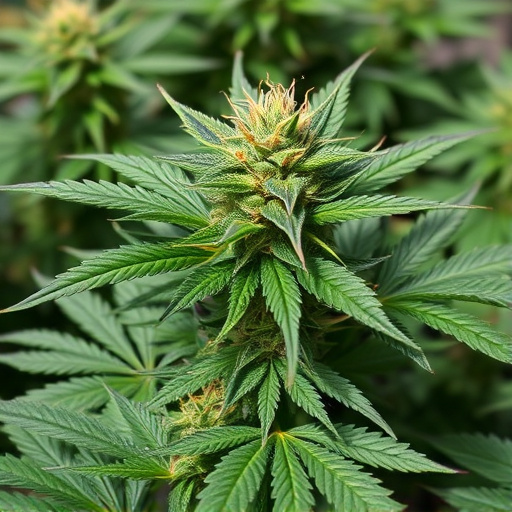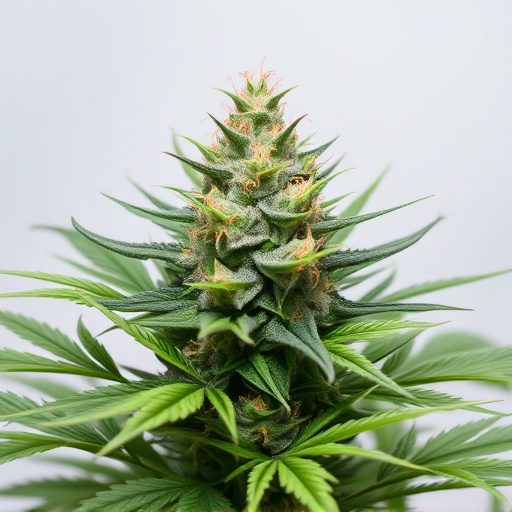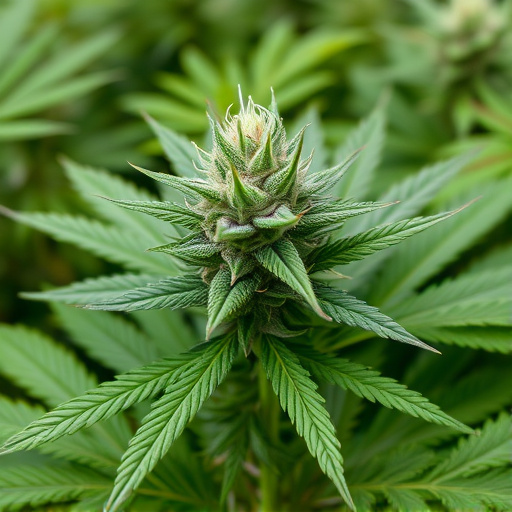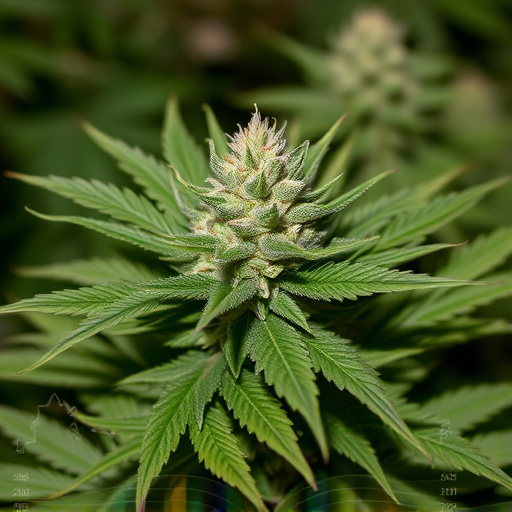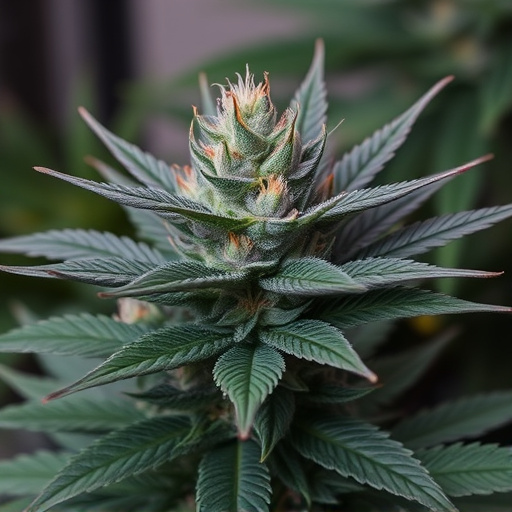Landrace sativa cannabis strains, preserved for centuries in specific geographic regions, offer unique characteristics and potential therapeutic benefits. These ancient varieties provide valuable insights into cannabis' rich genetic heritage, aiding researchers and cultivators. By studying landraces, breeders can reproduce desired traits like energizing effects or medical properties, expanding consumer options. Additionally, these strains serve as essential building blocks for modern hybrid breeding, unlocking genetic diversity crucial for developing new sativa cannabis strains tailored to medical and agricultural needs.
“Discovering the value of landrace strains, a diverse group within the sativa cannabis family, is essential for both aficionados and scientists. This article explores their unique characteristics and historical roots, dating back centuries in specific regions. From traditional uses to modern applications, landraces have contributed significantly to shaping today’s cannabis breeding landscape. Uncovering their secrets promises insights into the evolution of sativa strains and their diverse therapeutic potential.”
- Unlocking the Unique Characteristics of Sativa Cannabis Strains
- Historical and Cultural Significance of Landrace Strains
- The Role of Landraces in Modern Cannabis Breeding and Research
Unlocking the Unique Characteristics of Sativa Cannabis Strains
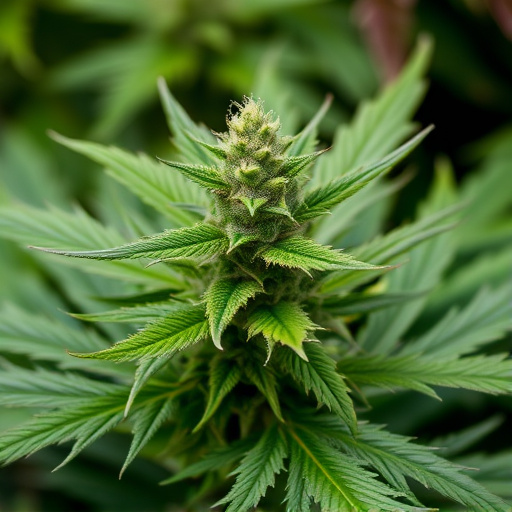
Landrace sativa cannabis strains offer a unique window into the diverse world of cannabis, each with its own distinct characteristics and potential therapeutic benefits. These ancient, indigenous varieties have been carefully preserved for centuries, allowing researchers and cultivators to unlock their distinctive properties. From invigorating mental effects to specific medical applications, understanding the nuances of landrace sativas is essential for both enthusiasts and healthcare professionals.
By studying these strains, we gain insights into the rich genetic heritage of cannabis, which has evolved over time in response to diverse environments. This knowledge enables cultivators to reproduce and highlight desired traits, leading to a wider range of options for consumers looking for specific effects or medicinal properties. Whether it’s the energizing buzz of a classic Thai strain or the soothing calmness of a Moroccan variety, exploring landrace sativas reveals a treasure trove of potential benefits.
Historical and Cultural Significance of Landrace Strains
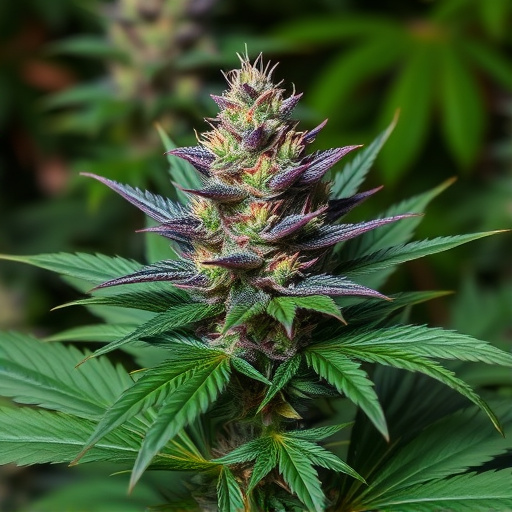
Landrace sativa cannabis strains hold immense historical and cultural significance, tracing back centuries and even millennia. These strains, native to specific geographic regions, have evolved alongside human societies, influencing traditions, practices, and beliefs. From the high-altitude mountains of Central Asia to the tropical forests of Southeast Asia, each landrace has developed unique characteristics shaped by its environment. This process has led to a diverse array of sativa varieties with distinct terpene profiles, offering a wide range of effects and medicinal properties.
The cultural importance of landrace strains cannot be overstated. They have been integral parts of indigenous cultures, serving as medicine, spiritual tools, and agricultural resources. For example, the Thai Landrace, known for its potent CBD content, has been used traditionally to treat pain, inflammation, and anxiety. Similarly, the Mexican Sativa landrace, with its uplifting and energetic effects, has been a staple in cultural rituals and ceremonies. Preserving these landraces is crucial not only for their inherent value but also for maintaining the cultural heritage and knowledge passed down through generations.
The Role of Landraces in Modern Cannabis Breeding and Research
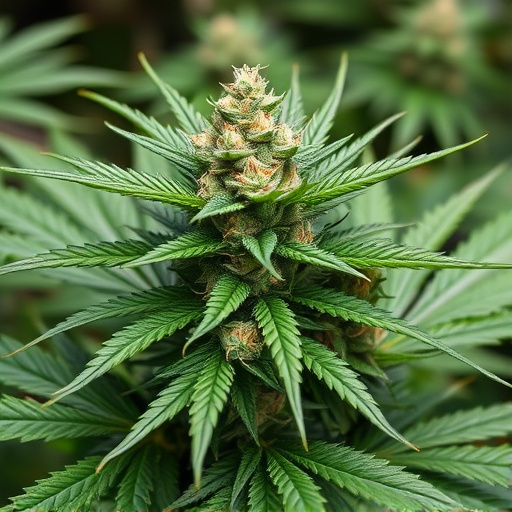
In modern cannabis breeding, landraces play a pivotal role as the foundation for creating new, hybrid varieties. These ancient strains, often with deep roots in specific geographic regions, possess unique genetic traits and adaptations that have been refined over centuries of natural selection. As such, they serve as valuable resources for breeders seeking to enhance specific characteristics like increased THC levels, improved yield, or enhanced resilience to pests and diseases. Landraces also contribute significantly to research, offering scientists insights into the diverse chemical profiles and potential therapeutic benefits associated with different sativa cannabis strains.
Moreover, studying landraces allows researchers to uncover genetic diversity that might be absent in modern cultivated varieties. This knowledge is crucial for developing new cannabis breeds tailored to specific medical or agricultural needs. By understanding the properties that have made these landraces resilient and desirable over time, breeders can create hybrid seeds that combine the best of both old-world genetics and contemporary breeding practices, ultimately expanding the range of available cannabis strains.
Landerace strains, with their distinct characteristics and historical depth, play a pivotal role in shaping modern cannabis breeding and research. By understanding and preserving these unique sativa cannabis strains, we not only honor cultural heritage but also unlock valuable genetic resources for improved cultivation and therapeutic applications. Their significance lies not only in their aromatic and psychological profiles but also in their potential to introduce new traits into contemporary breeds, fostering a more diverse and robust cannabis ecosystem.









